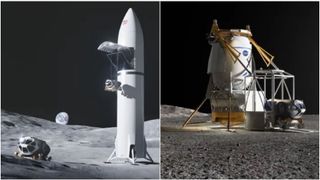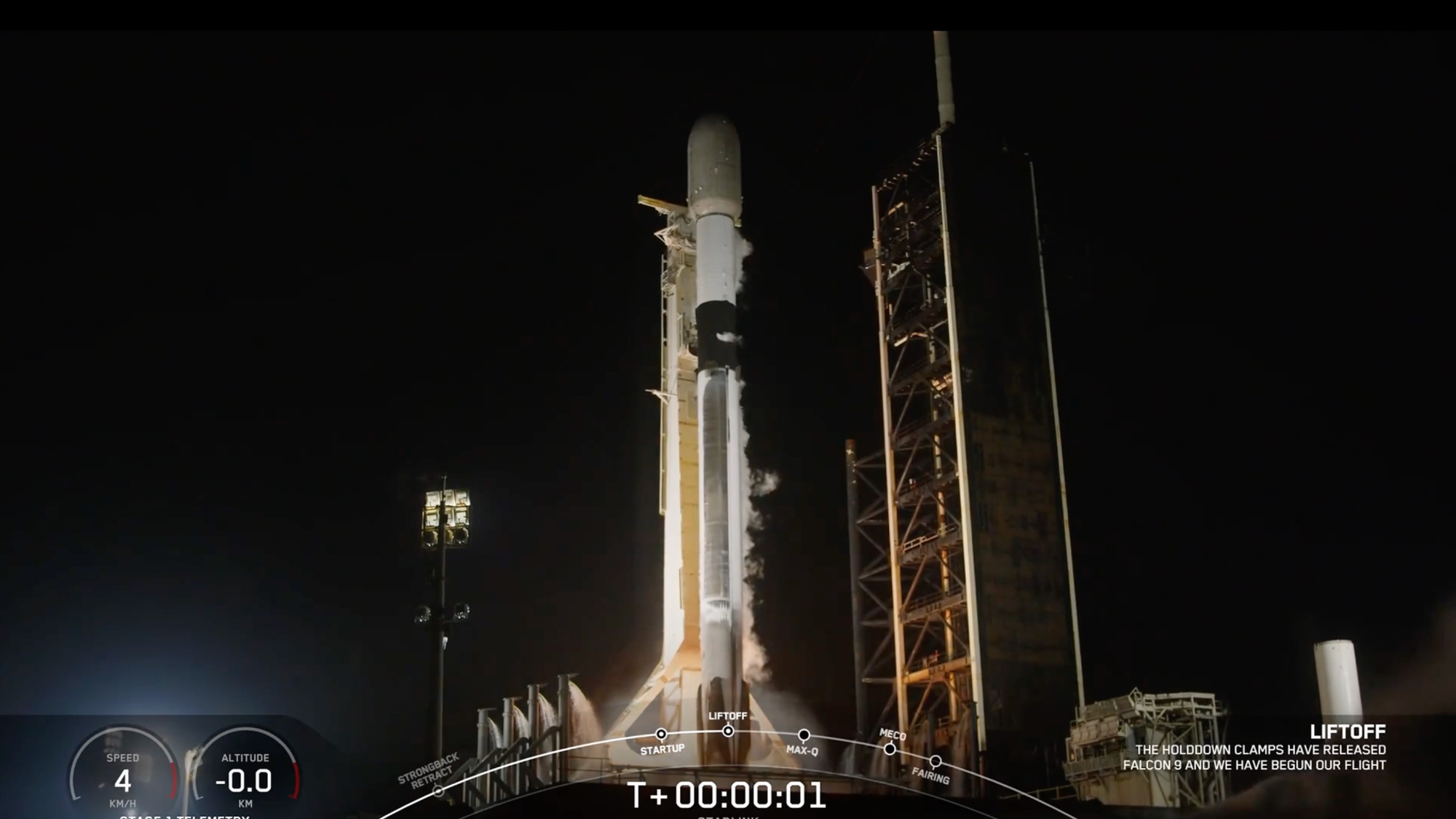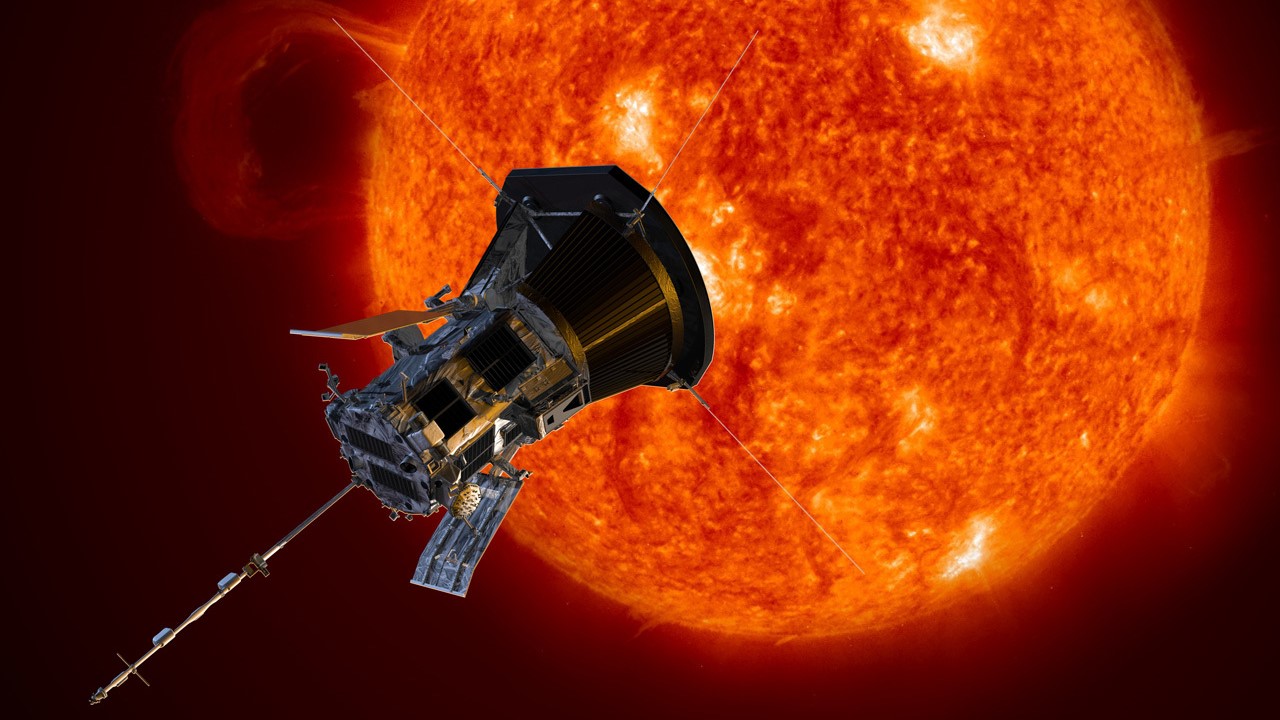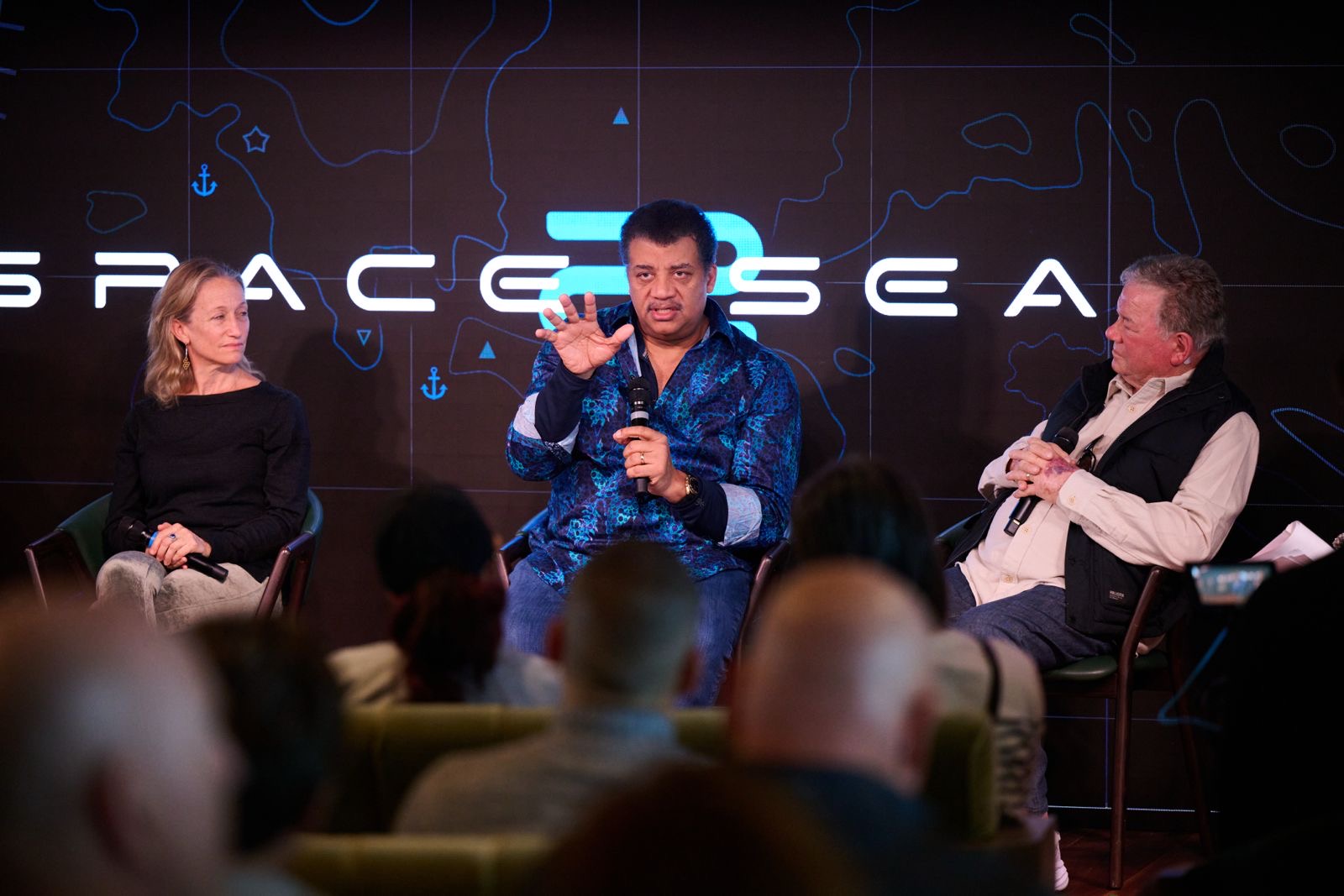NASA is keeping its foot on the gas for the space agency’s Artemis program, announcing plans to assign demonstration missions for the two vehicles it has picked to land astronauts on the moon.
Both SpaceX and Blue Origin were awarded contracts for NASA’s Human Landing System, and have been in the process of designing their respective vehicles for returning astronauts to the surface of the moon. Now, NASA has given both companies a heads-up to expect to put those designs to the test in some upcoming qualification missions that will task them with sending large cargo to the moon.
The mission assignments follow a 2023 request from NASA, which also directed SpaceX and Blue Origin to build cargo variants of their lunar landers, the space agency indicated in a statement. Having two different lunar landing systems to choose from will give NASA flexibility for both crew and cargo missions, while also “ensuring a regular cadence of moon landings for continued discovery and scientific opportunity,” said Stephen D. Creech, NASA’s assistant deputy associate administrator for technical at the agency’s Moon to Mars Program Office.
For the lunar lander cargo variants, NASA is looking further ahead to its planned campaign of developing a sustained human presence on the moon through the next decade. This will involve developing and delivering technologies like moon rovers and astronaut habitats, NASA says.
“Based on current design and development progress for both crew and cargo landers and the Artemis mission schedules for the crew lander versions, NASA assigned a pressurized rover mission for SpaceX and a lunar habitat delivery for Blue Origin,” Human Landing System program manager Lisa Watson-Morgan said in the statement.
The pressurized rover Starship will deliver is being developed by the Japan Aerospace Exploration Agency (JAXA), and is currently targeted to launch in 2032 to support missions after Artemis 6, according to NASA. Blue Origin’s lunar habitat is slated sometime a year later, 2033.
NASA’s Artemis Program aims to return astronauts to the moon for the first time since the end of the Apollo era in the 1970s, and to establish a permanent presence near the lunar south pole. That region of the moon is rich in water-ice, which NASA believes can be used to help maintain a lunar outpost and even contribute to the creation of other resources, like rocket fuel.
Ultimately, the space agency views the Artemis Program as a proving ground for future missions to Mars, but has a long way to go before aiming for the Red Planet.
NASA’s Space Launch System (SLS) rocket launched an uncrewed Orion spacecraft on the Artemis 1 mission in Nov. 2022, for a trip into lunar orbit and back.
Artemis 2 will launch four astronauts on a shorter journey, circling the moon on a direct-return trajectory to Earth. The mission was originally scheduled for the end of this year (2024), but was delayed to the end of 2025, which also pushed Artemis 3 — the program’s first crewed moon landing — to 2026.






